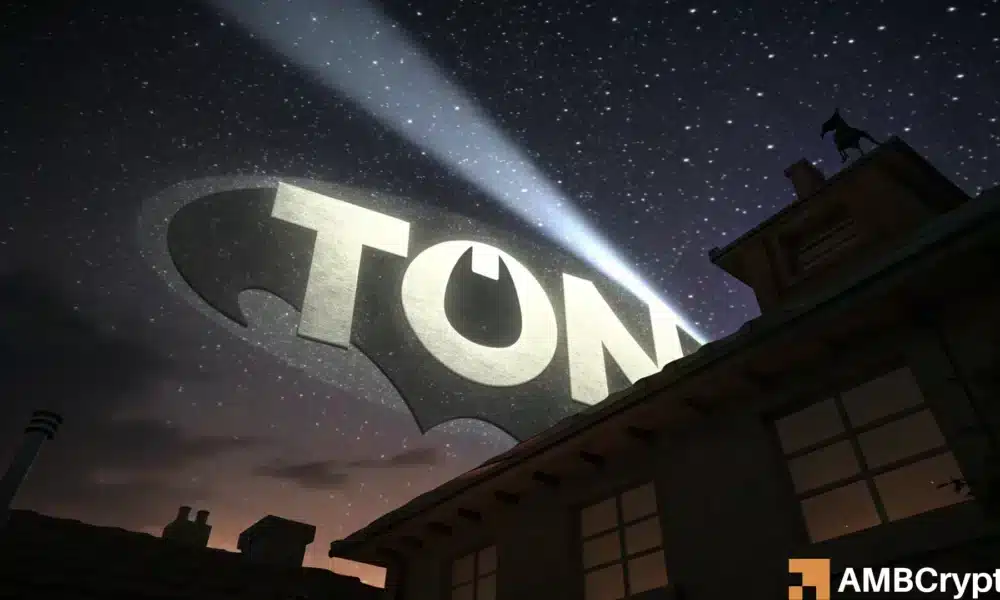- TON’s 7- and 30-day realized volatility have hit unprecedented lows, marking a rare calm.
- Historically, low volatility in crypto markets often precedes sharp price movements in either direction.
Periods of calm are rare in the crypto market and often indicate seismic shifts on the horizon. Tonmint [TON] experiences such a moment.
Recent data shows that the blockchain project’s 7- and 30-day annual realized volatility has fallen to all-time lows, signaling a phase of relative calm.
For seasoned traders, this could be more than just a statistical anomaly. Historically, extended periods of low volatility in the crypto markets have served as precursors to sharp price movements, both upward and downward.
As TON enters this critical juncture, all eyes are on whether the current lull will turn into a breakout or a slump.
What is annualized realized volatility?
Annualized realized volatility measures the actual historical price movements of an asset over a specific period of time, expressed on an annual basis.
This metric is crucial in crypto markets because it highlights periods of stability or turbulence, giving traders insight into potential market behavior.
A phase of low volatility often indicates a market in equilibrium, but such equilibrium rarely lasts long in the highly speculative markets.


Source: CryptoQuant
TON’s 7-day annualized realized volatility shows better response to market movements in the short term, while the 30-day measure captures long-term trends.
Currently, both metrics are at all-time lows, indicating unprecedented calm in TON’s price movements. This lull could precede significant market action, making it a crucial metric to watch.


Source: CryptoQuant
Low volatility: a precursor to market movement
Low volatility generally indicates reduced trading activity or investor interest, which often reflects a market in consolidation.
For TON, current historical lows indicate equilibrium, with neither buyers nor sellers driving strong price momentum. However, this calm phase has historically served as the calm before the storm in the crypto markets.
Considering TON’s history, periods of low volatility have often preceded sharp price changes. In mid-2022, after a prolonged phase of low volatility, TON’s price rose from $1.30 to over $2.00 within weeks – an increase of 50%.
Similarly, low volatility led to a breakout in early 2023 with prices rising from $2.50 to almost $4.50, marking an 80% rally.
Broader crypto trends are reinforcing this pattern. For example, Bitcoin’s extensive consolidation around $6,000 in 2018 led to a sharp decline below $4,000. Ethereum exhibited similar behavior in mid-2020 before the DeFi bull run began.
Read Toncoin’s [TON] Price forecast 2025-26
What awaits TON?


Source: TradingView
TON’s low volatility signals a critical moment. The RSI indicates slightly bearish momentum, but not yet oversold conditions. This suggests that sellers are dominating, but exhaustion may be imminent.
Meanwhile, OBV reflects declining volume, confirming reduced trading activity – a classic signal of low volatility.
Upside potential could come from a reversal in the RSI alongside renewed buying interest. A break above the resistance at $5.50 could spark bullish momentum targeting $6.00 or higher.
Conversely, a break below the $4.70 support, combined with continued low OBV, could signal further declines towards $4.30.
External factors, such as market trends or ecosystem developments, will likely determine the direction of the impending outbreak.

